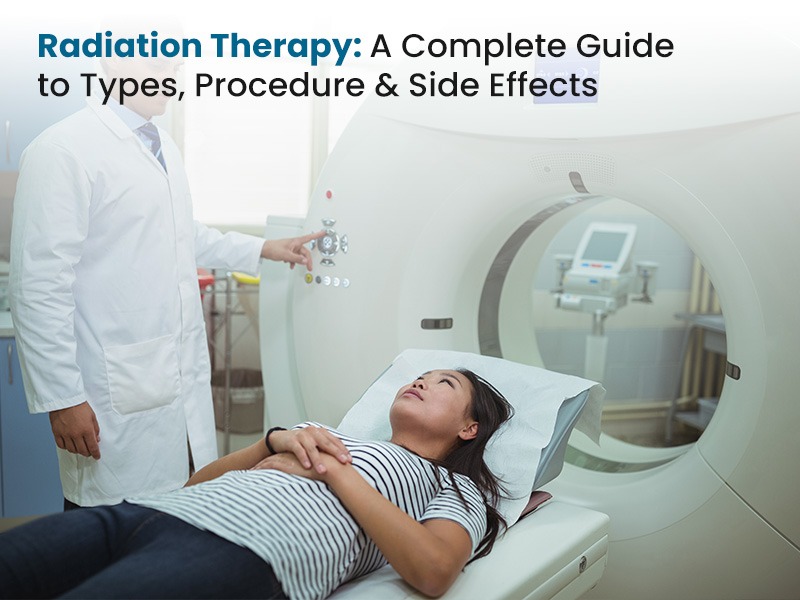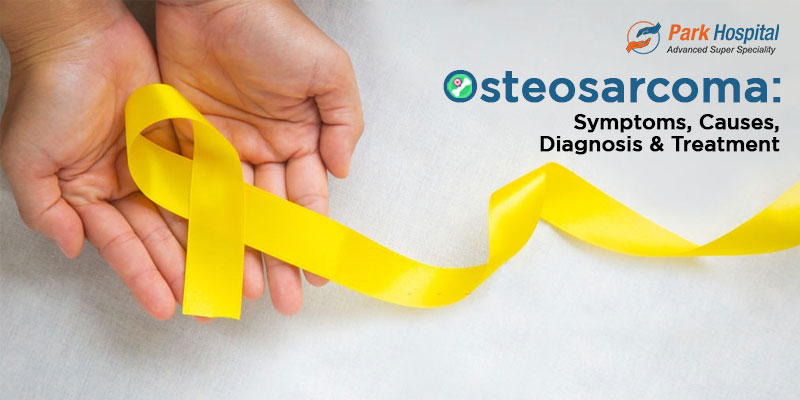All You Need to Know About Stereotactic Biopsy
Stereotactic biopsy, also known as stereotactic core biopsy, is a procedure wherein a biopsy is obtained through a less invasive method, with the help of imaging tests performed in two or more planes and a computerized navigational system to accurately triangulate a target area. This procedure is used primarily to obtain a biopsy in the event of an abnormality found in a mammogram or a lesion found in the brain.
Stereotactic biopsy in practise
In the case of a stereotactic breast biopsy, the patient will be first prepped for the medical procedure and lay face down on a special table that is elevated with an opening that will allow the breast to be biopsied to be exposed. The breast will then be compressed between two plates, similar to having a mammogram, for x-rays to be taken. These x-rays are of the same region of the breast from different angles in order to accurately triangulate the specific area in a three-dimensional field. These images are loaded onto a computer to ascertain the exact position of the needle for biopsy. Once the position is confirmed, after administering local anesthesia, a needle is inserted and tissue samples are extracted.
Stereotactic brain biopsy is used by neurosurgeons, where they use the help of MRIs, CT Scans, and a computerised navigation system to accurately triangulate the position of the brain lesion that needs to be biopsied. Once positioning has been confirmed, a small part of the head is shaved and marked. An opening the size of a quarter is made in the skull. A stereotactic needle is inserted using the computer’s navigation system and samples for the biopsy are obtained. At the most, the patient may need to stay overnight to do the procedure. After completion, the dressing needs to be changed every two-three days. Sutures are removed in two weeks' time.
Samples of a biopsy are sent to a pathology lab. But usually, surgeons and pathologists are able to take a brief look at the sample sooner, through a process known as frozen section. This allows the doctor to ensure that they have an abnormal sample of tissue as expected. This way they are sure that they have taken a biopsy from the right section of the breast or brain. Results of a biopsy will take around a week to get done. Once they are ready you can expect a call from your doctor to discuss results.
Advantages of stereotactic biopsy
Stereotactic biopsy is a preferred method for breast and the brain due to the simplicity of the procedure. The other alternative for stereotactic biopsy is surgical biopsy which is a lot more complex in nature. These are some ways that stereotactic biopsy is preferred over surgical biopsy.
It is less invasive than surgical biopsy and a much shorter procedure.
It allows neurosurgeons to reach deep into the brain safely, with great accuracy.
Very quick recovery time for the patient.
Risks of stereotactic biopsy
There are a few risks involved in stereotactic biopsy, especially stereotactic brain biopsy.
Risk of infection at the site of biopsy taken. This is not common but it can happen either in the breast or the brain.
Risk of the wrong sample of tissue to be extracted for biopsy. Sometimes the calculation of the location of the abnormal tissue may be wrong and the procedure would have yielded no result.
Risk of bleeding in the case of a biopsy of a tumor in the brain. This can cause a headache but can even lead to a coma or death. This is a risk that exists even for a surgical biopsy of a tumor in the brain.
Measures to mitigate risks
The frozen section helps avoid the risk of having the procedure extract the wrong sample of tissue.
Operative procedures are followed such as advising the patient to discontinue blood thinners and their medical history is thoroughly studied to evaluate the risks involved.
Intraoperative antibiotics are taken to avoid infections after the procedure.
Who does the procedure?
Depending on the site for the biopsy, i.e., brain or breast, a neurosurgeon or surgeon will conduct the biopsy with the help of a radiologist, a technician and a pathologist. It requires a multi-specialty team in a well-equipped hospital like what you would find in Park Group of Hospitals. If you have questions and want to know more about our facilities, contact us and we would be happy to personally walk you through the process.
Conclusion
Stereotactic biopsy is a less invasive procedure to extract tissue samples from the breast or a tumor or lesion in the brain that needs to be biopsied. It is carried out by a multi-specialty team experienced in the procedure. The advantage it has over surgical biopsy is also that it has a quick recovery time for the patient.
FAQs
Is stereotactic biopsy safe?
As with any medical procedure, it comes with risks that you need to discuss with your doctor before opting for the procedure to make sure that this procedure is suitable for you. There is always a small risk of infection or bleeding with biopsies.
Is stereotactic breast biopsy painful?
Not too much. Local anesthesia will be used and you will feel a prick when the needle for extracting the sample tissue is inserted. You may also feel soreness after the procedure for a day or two.
Is stereotactic biopsy accurate?
Stereotactic biopsy is considered to be a procedure with high accuracy and low complications. In fact, due to its success rate, doctors conduct more biopsies than before for their diagnosis.























































